Bronze Heads of Ife
Ile-Ife is believed to be the spiritual birthplace of the Yoruba people living in Nigeria, the Republic of Benin and the many Yoruba descendants around the world. It is the origin of some of the highest achievements of African art and culture, combining technical accomplishment with strong aesthetic appeal.
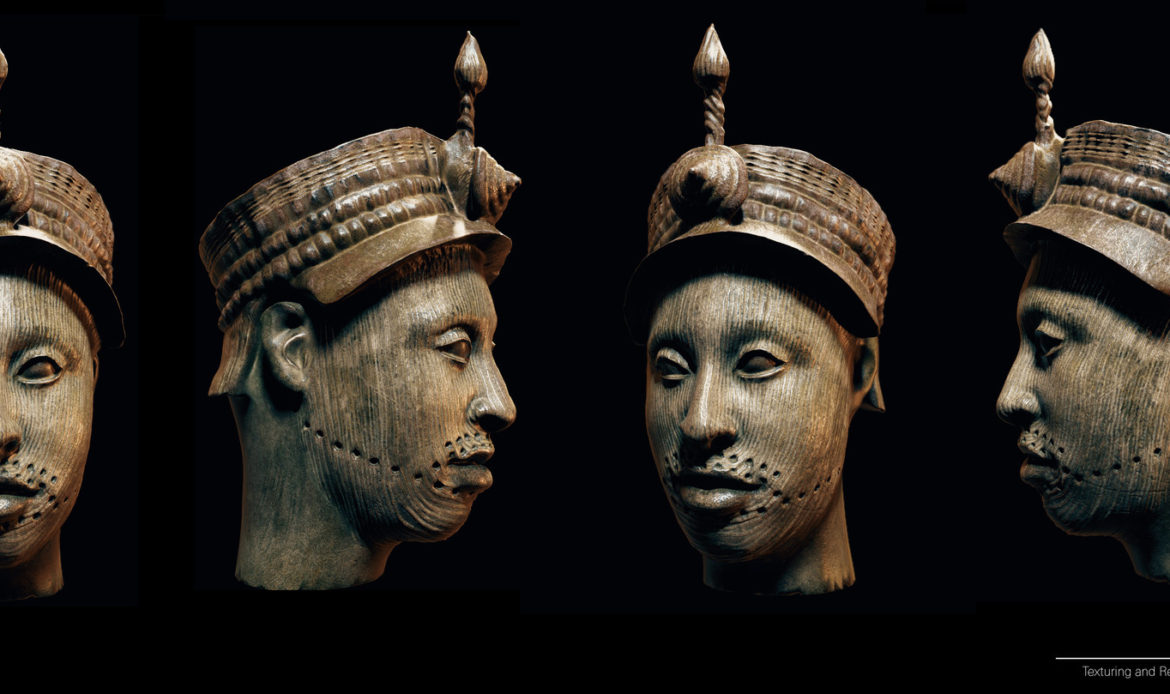
One of its most popular art are its life-sized metal head sculptures. Although still widely referred to as the “bronze heads of Ife”, they are actually cast in brass and sometimes pure copper, which is technically much more difficult to achieve. Eighteen of them were unearthed at the Wunmonije Compound in Ife in 1939, by the British. They are, however, believed to have been made between the 12th and the 15th century. During this time, Ife flourished as the powerful, cosmopolitan and influential centre of trade in West Africa, as it was connected to extensive local and long-distance trade networks around the region.
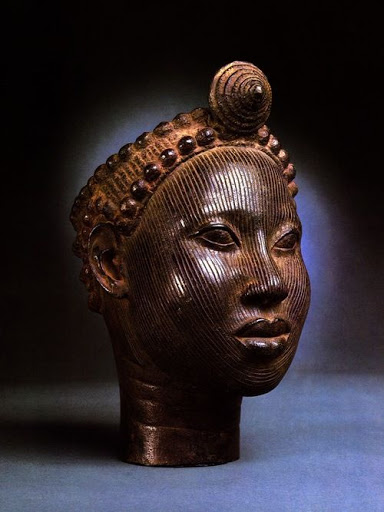
The astonishing realism and sophisticated craftsmanship of the Ife heads challenged Western conceptions of African art. Many of the heads are as naturalistic and psychologically sensitive as anything made at the same time in Europe and Asia, and their artisans’ mastery of lost-wax copper casting might even surpass that of their contemporaries on other continents. The technical sophistication of the casting process is matched only by the artworks’ enduring beauty.
Read also: The Nigerian Talking Drum
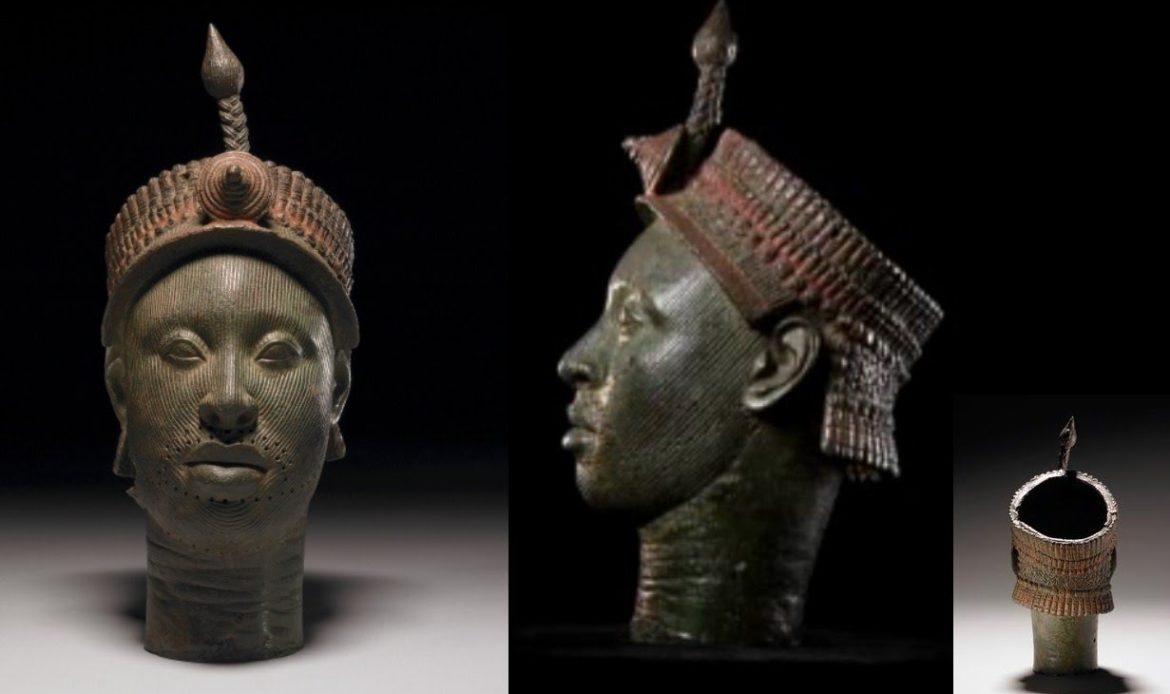
One of the heads, known as ‘The Ife Head’, is believed to be a portrait of a king or ‘Ooni’. It was made under the rule of King Obalufon II whose famous naturalistic life-sized copper face mask shares stylistic features with this work. Today among the Yoruba people, Obalufon is known as the patron deity of brass casters. The face of this sculpture is covered with engraved striations, but the lips are left unmarked. The headdress suggests a crown of complex construction, composed of different layers of tube-shaped beads and tassels. The crown is topped by a crest, with a rosette and a plume which now is slightly bent to one side. These sophisticated and intricately designed Ife’s metal and terracotta sculptures can be viewed at the Nigerian National Museums in Lagos and Ife.
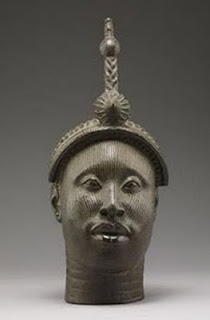

The Ife head has since been adopted in Nigeria as the logo of numerous commercial, financial, and educational institutions, such as the Obafemi Awolowo University, Ile-Ife.
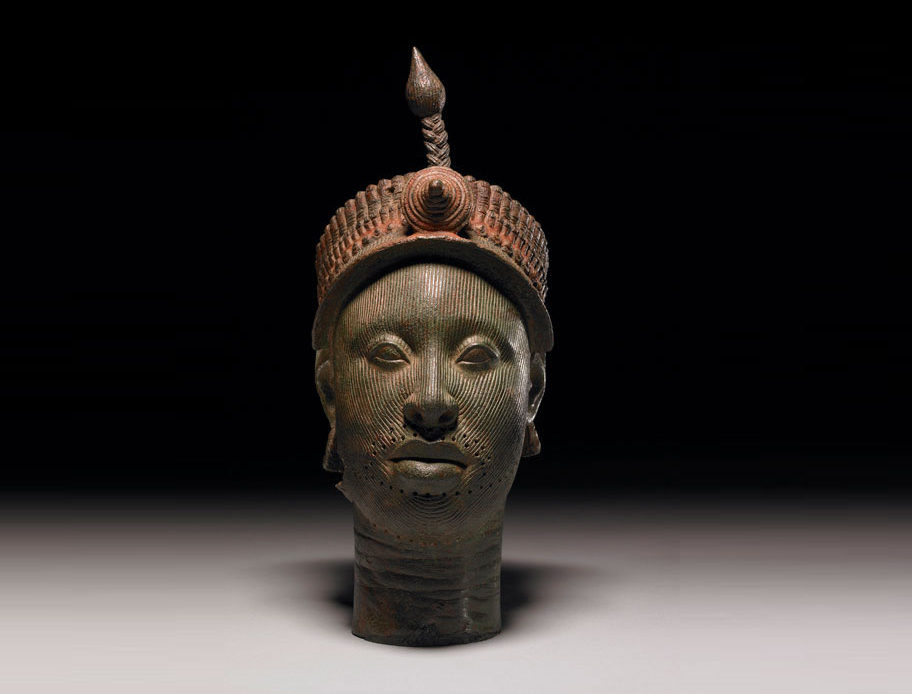
What is most fascinating to you about these metal sculptures? Let us know, we would love to hear from you.
